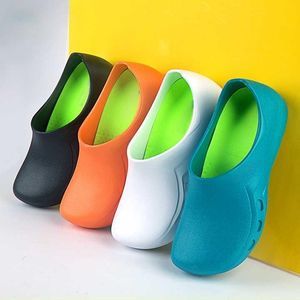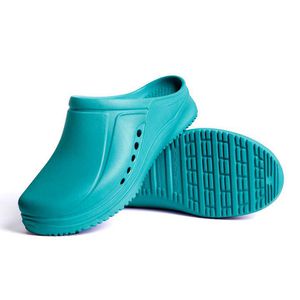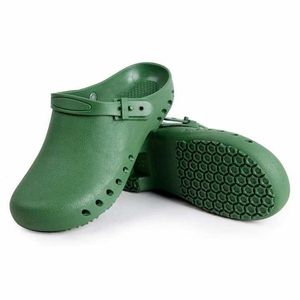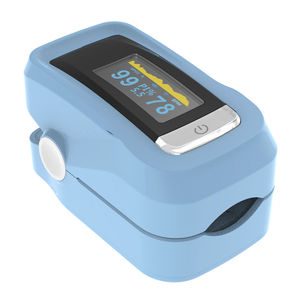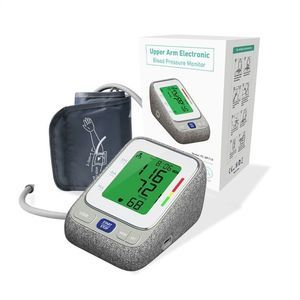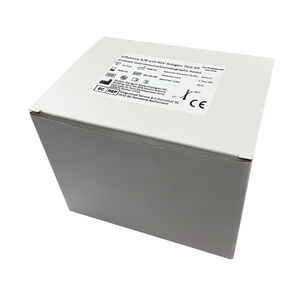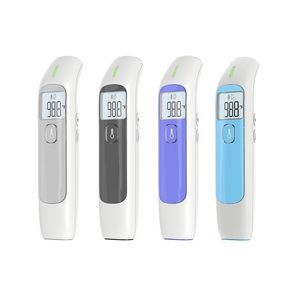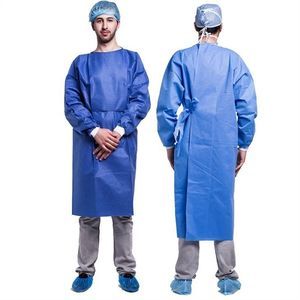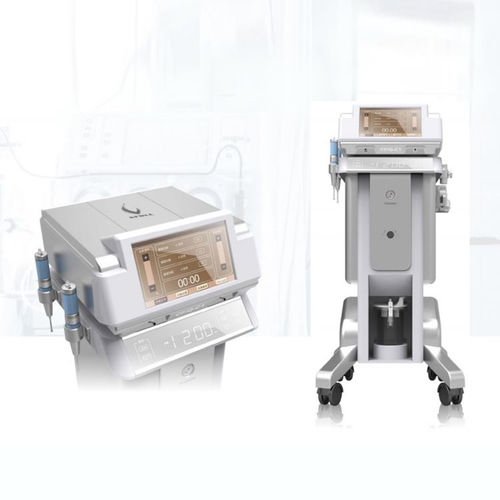
- Surgery unit
- Surgical Instruments
- Debridement electrosurgical unit
- Hubei CFULL Medical Technology
- Company
- Products
- Catalogs
- News & Trends
- Exhibitions
Debridement electrosurgical unit CF/Q-C2minimally invasive surgeryultrasonicwith touchscreen
Add to favorites
Compare this product
Characteristics
- Features
- debridement
- Medical procedure
- minimally invasive surgery
- Technology
- ultrasonic
- Options
- with touchscreen, with irrigation module
- Coagulating power
100 W
- Frequency
Min.: 20 kHz
Max.: 40 kHz
Description
Chronic wounds are painful and debilitating to patients, pose a clinical challenge to physicians, and impose financial burden on the health-care system. New treatment options are therefore highly sought after. Ultrasonic wound debridement system is a promising technology that functions to disperse bacterial biofilms and stimulate wound healing. In this review, we focus on low-frequency ultrasound (20-60 kHz) and summarize the findings of 25 recent studies examining ultrasound efficacy. Ultrasound debridement appears to be most effective when used 3 times a week and has the potential to decrease exudate and slough, decrease patient pain, disperse biofilms, and increase healing in wounds of various etiology. It is recommended to use low-frequency ultrasound therapy in clinical practice on a larger scale.
Ultrasound wound debridement system machine is kind of medical device for debridement of complex wounds which is developed by using the cavitation effect of ultrasonic vibration. Compared with the traditional debridement machine, the ultrasonic debridement system can improve the debridement efficiency, reduce the damage to the normal tissue during the debridement process, and reduce the patient’s pain. It is an advanced surgical debridement technology that integrates ultrasonic cleaning, pulsating washing and other functions.
Model: CF/Q-C2
Power supply: AC100-240V,50/60HZ
Ultrasonic frequency: 20KHZ-40KHZ
Ultrasonic power: ≤100W
Power: ≤300VA
Function: ultrasonic debridement, pulsed lavage
Noise:≤60dB
Flow rate of pulsed lavage: -
≤1200mL/min
Catalogs
Other Hubei CFULL Medical Technology products
Medical products
*Prices are pre-tax. They exclude delivery charges and customs duties and do not include additional charges for installation or activation options. Prices are indicative only and may vary by country, with changes to the cost of raw materials and exchange rates.



